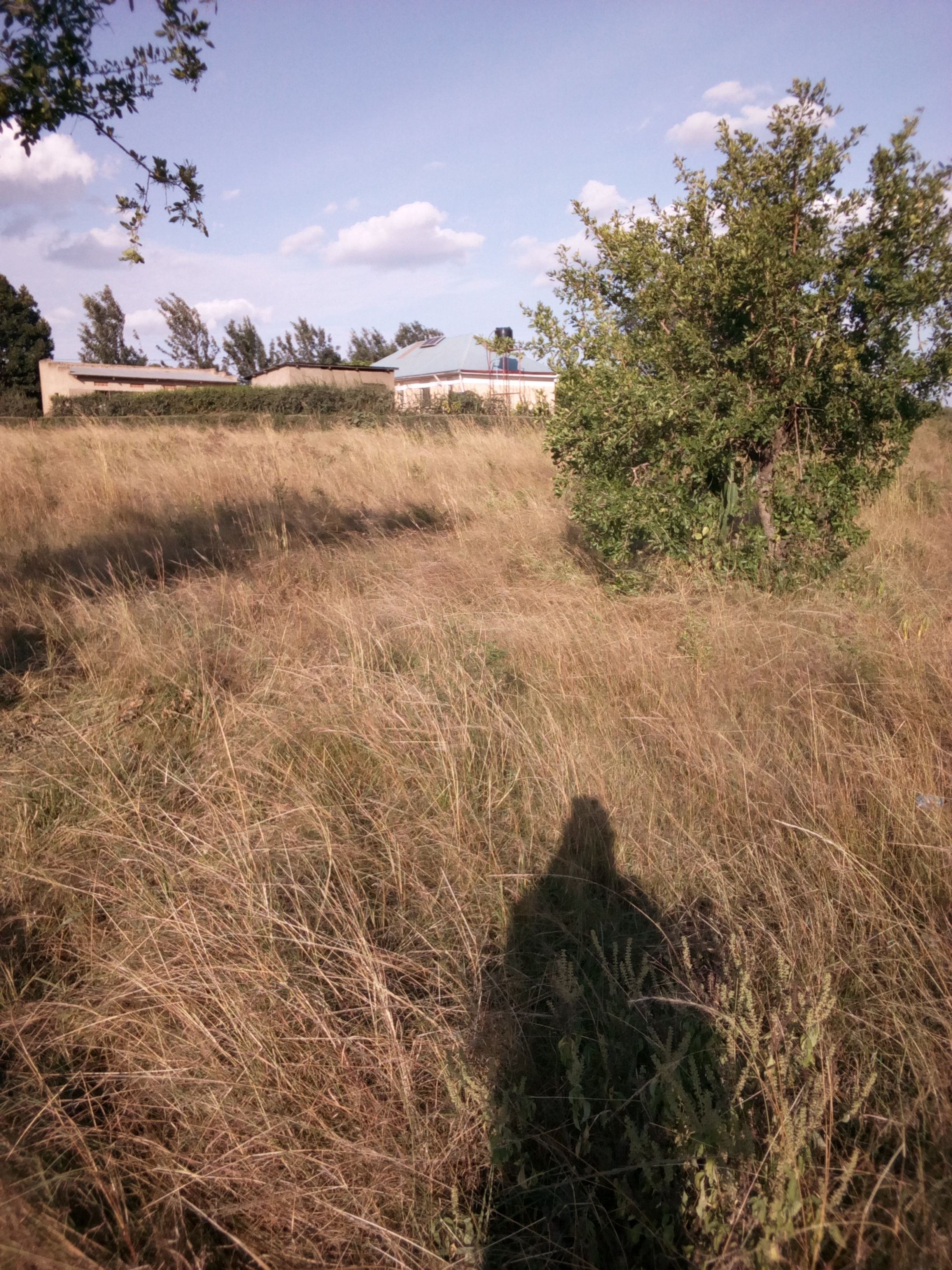Gen. Tumukunde’s son hospitalized after a tick bite

Tick bite recently caused General Henry Tumukunde’s son known among the residents of Rwenshande, Kiruhura district, as Amanya, to be hospitalized.
Snoops in Rwenshande told The Drone Media that Amanya was in his father’s farm taking a walk and a dangerous tick locally known as engoha bite his private (penis).
The bite was not taken seriously until the penis swell to become like a python that has swallowed a calf. He was then taken to Kampala Hospital and later flown abroad for treatment.
Good news is that Amanya has recovered from the disease caused by the tick bite. Sadly, we have not established what type of tick it was, but soon we shall write it on this site.
Some hints on ticks
Ticks are small, parasitic creatures that feed off the blood of animals and humans and, more importantly, spread disease.
The one everyone’s heard about is Lyme disease, but that isn’t the only tick-borne illness outdoors-lovers have to worry about this summer.
Babesiosis, ehrlichiosis, Rocky Mountain spotted fever and human granulocytic anaplasmosis are just a few of the other tick-borne illnesses that are lurking in wooded and grassy areas.
This month, a woman in North Carolina died from Rocky Mountain spotted fever. This disease is caused by Rickettsia rickettsii, a species of bacteria that is spread to humans by pests. Despite its name, the disease is not confined to the Rocky Mountain region of the U.S. It is most common in Southeastern states such as North Carolina.
In June, a 13-year-old boy in Washington state was having trouble breathing and suffered temporary paralysis. He was found to have a pest at the nape of his neck. He had a condition called tick paralysis, and he made a full recovery within a week of the pest’s removal.
Dr. Thomas Mather, a professor of public health entomology and director of the Center for Vector Borne Disease and Pest Encounter Resource Center at the University of Rhode Island, said tick problems tend to have a regional focus.
“Kind of like how on The Weather Channel you’ll see a map and it will be hot in one region, stormy in another,” he said.
If there were a Tick Channel, and it showed a map of the country, viewers might see tick-borne diseases such as Lyme disease, babesiosis and human anaplasmosis plaguing the Northeast, Mid-Atlantic and upper Midwestern regions of the U.S., Mather said.

